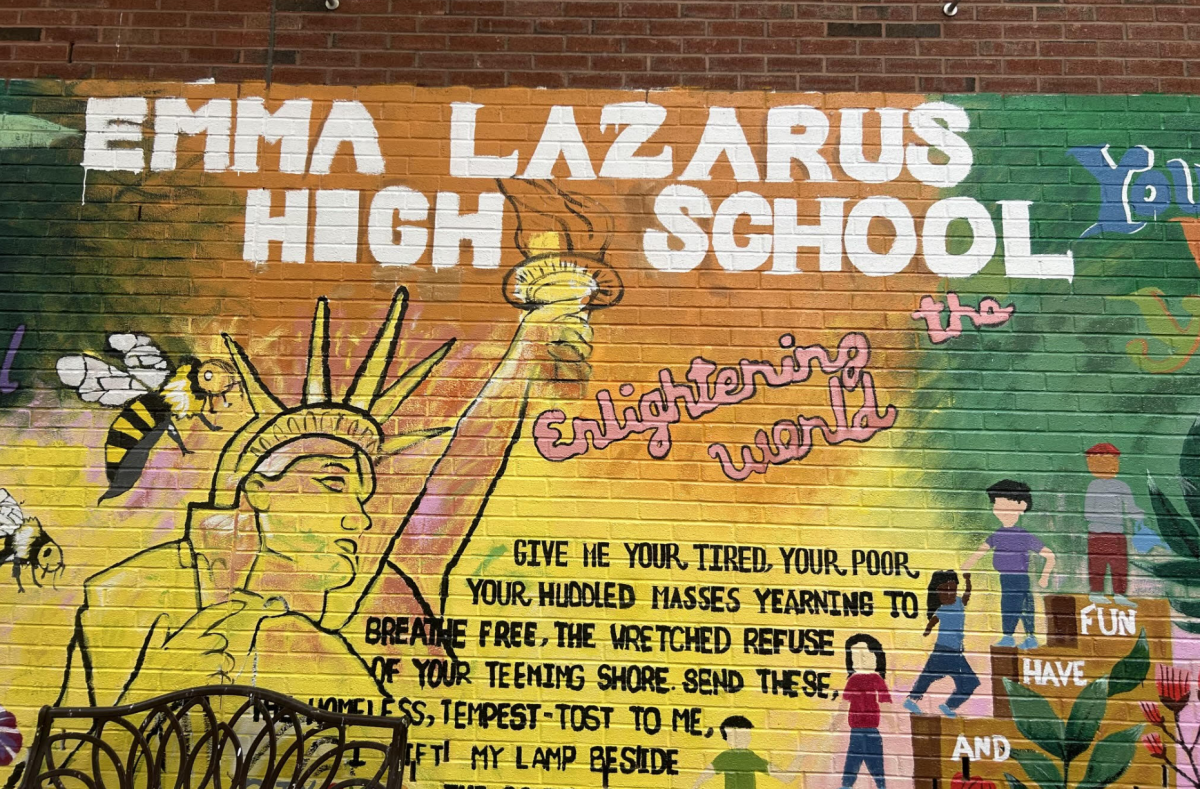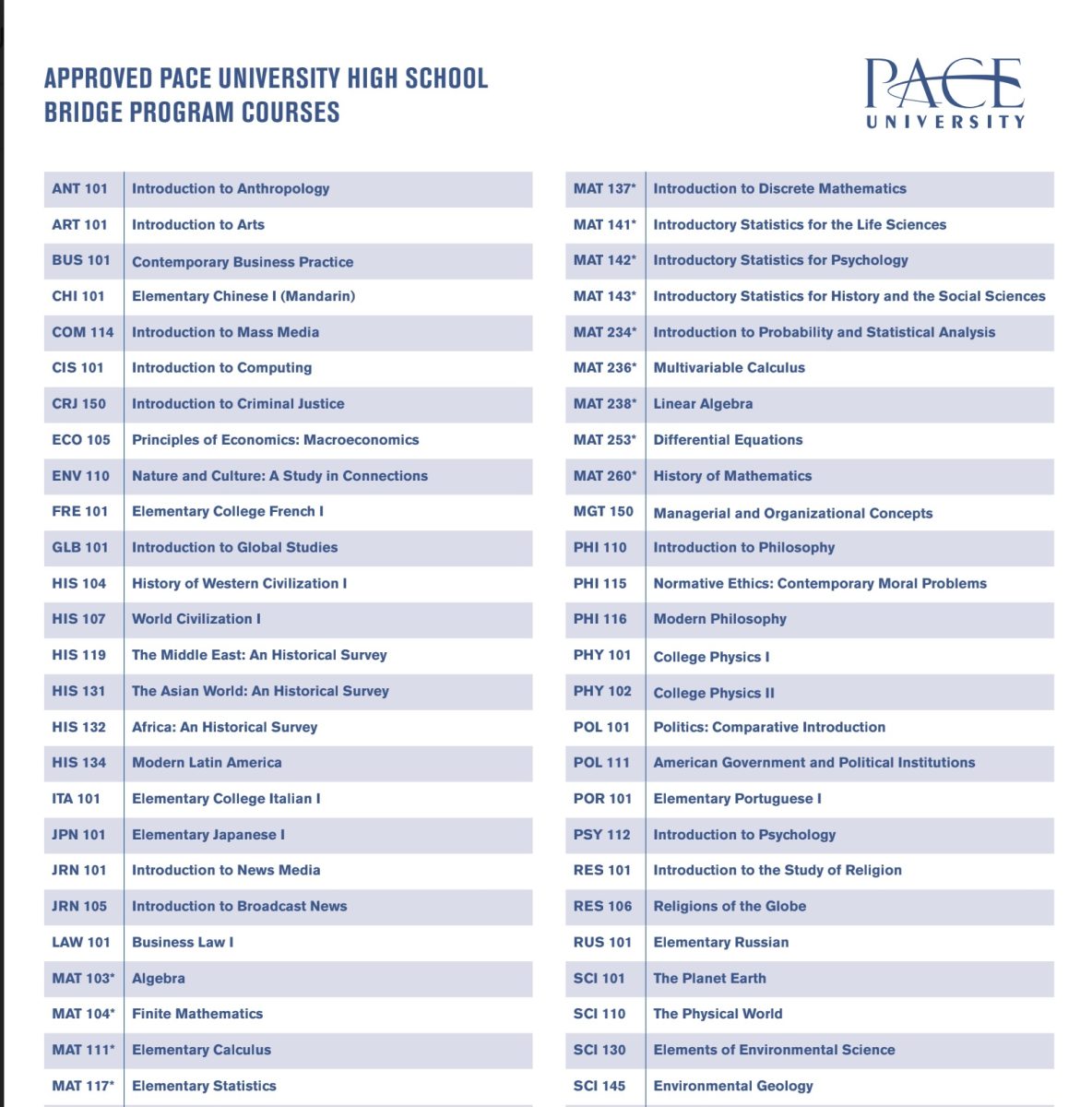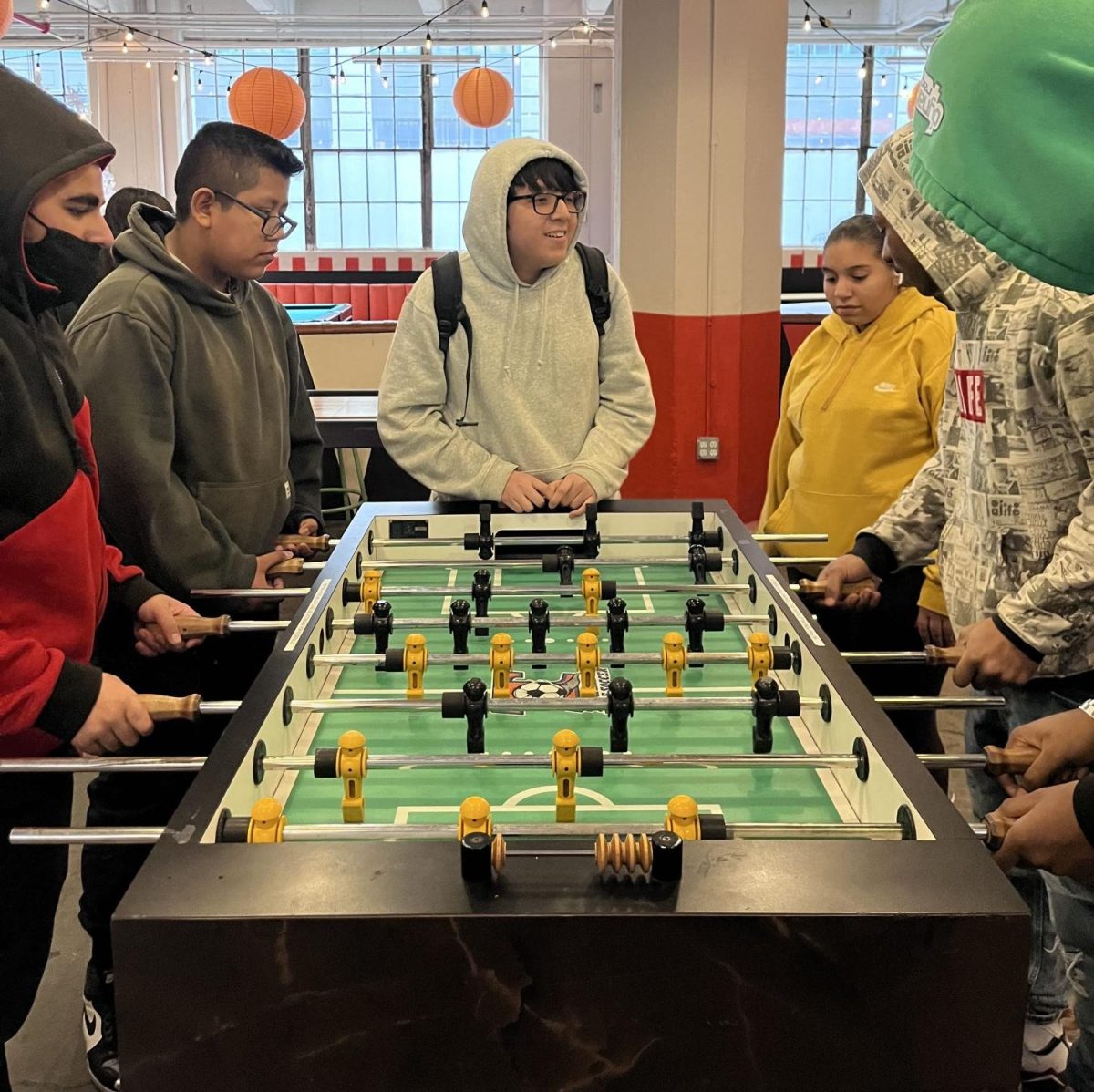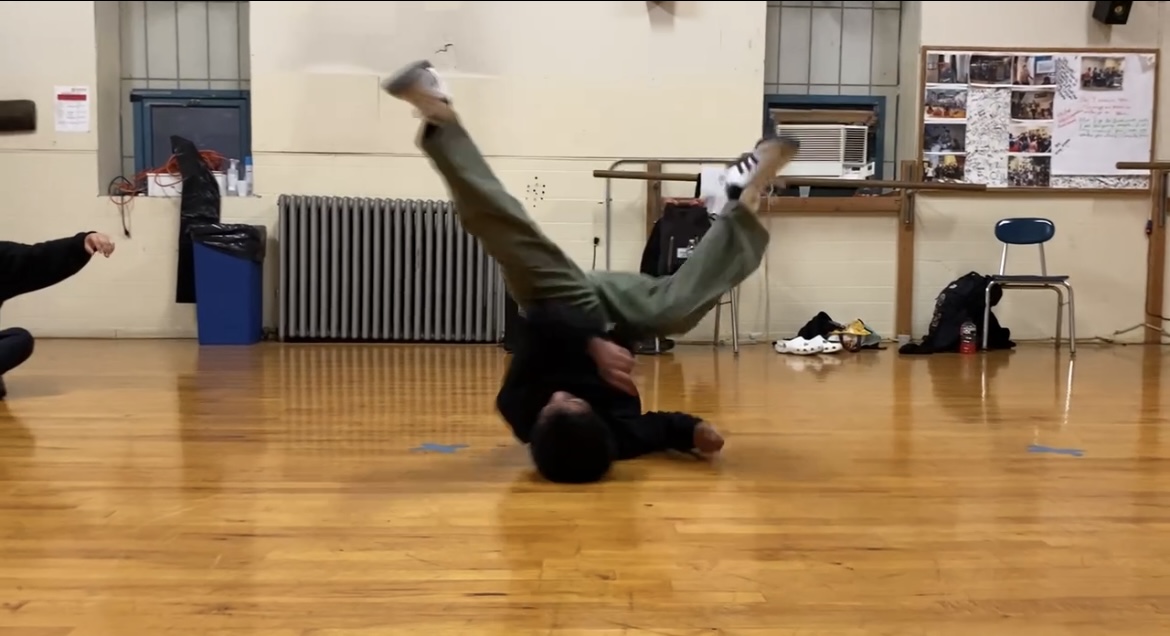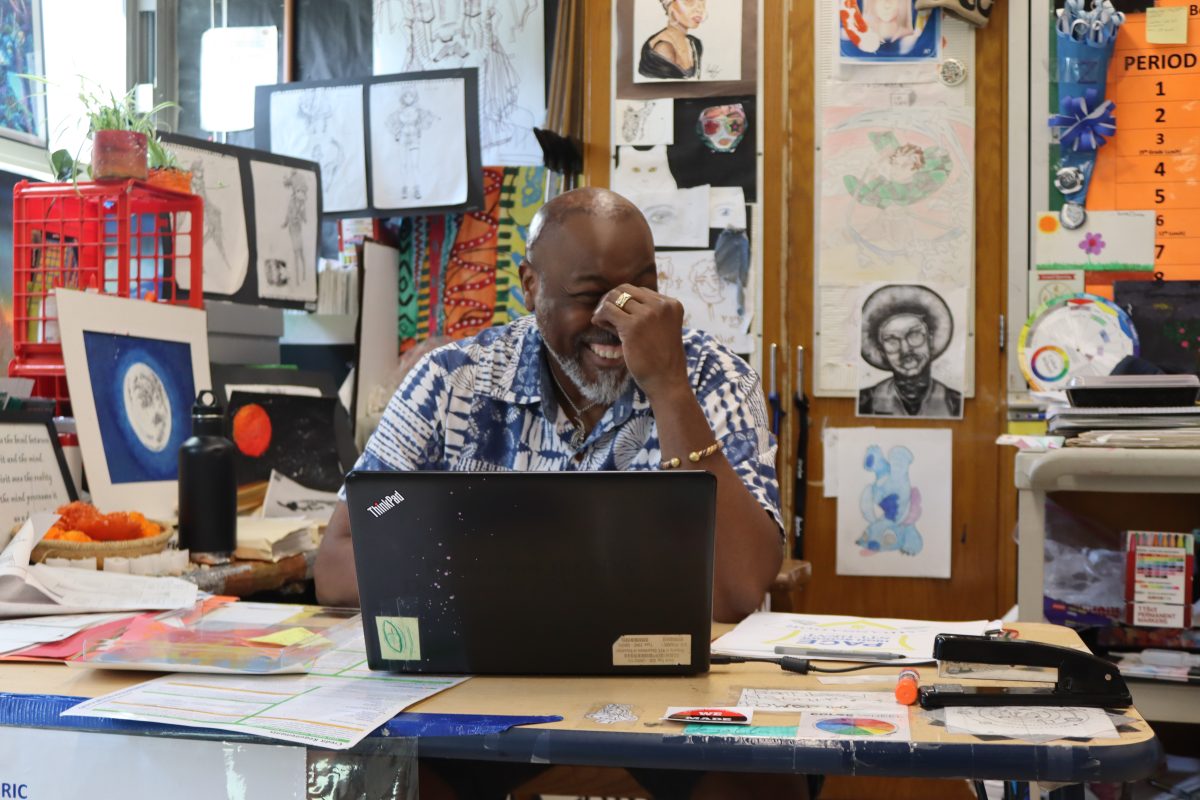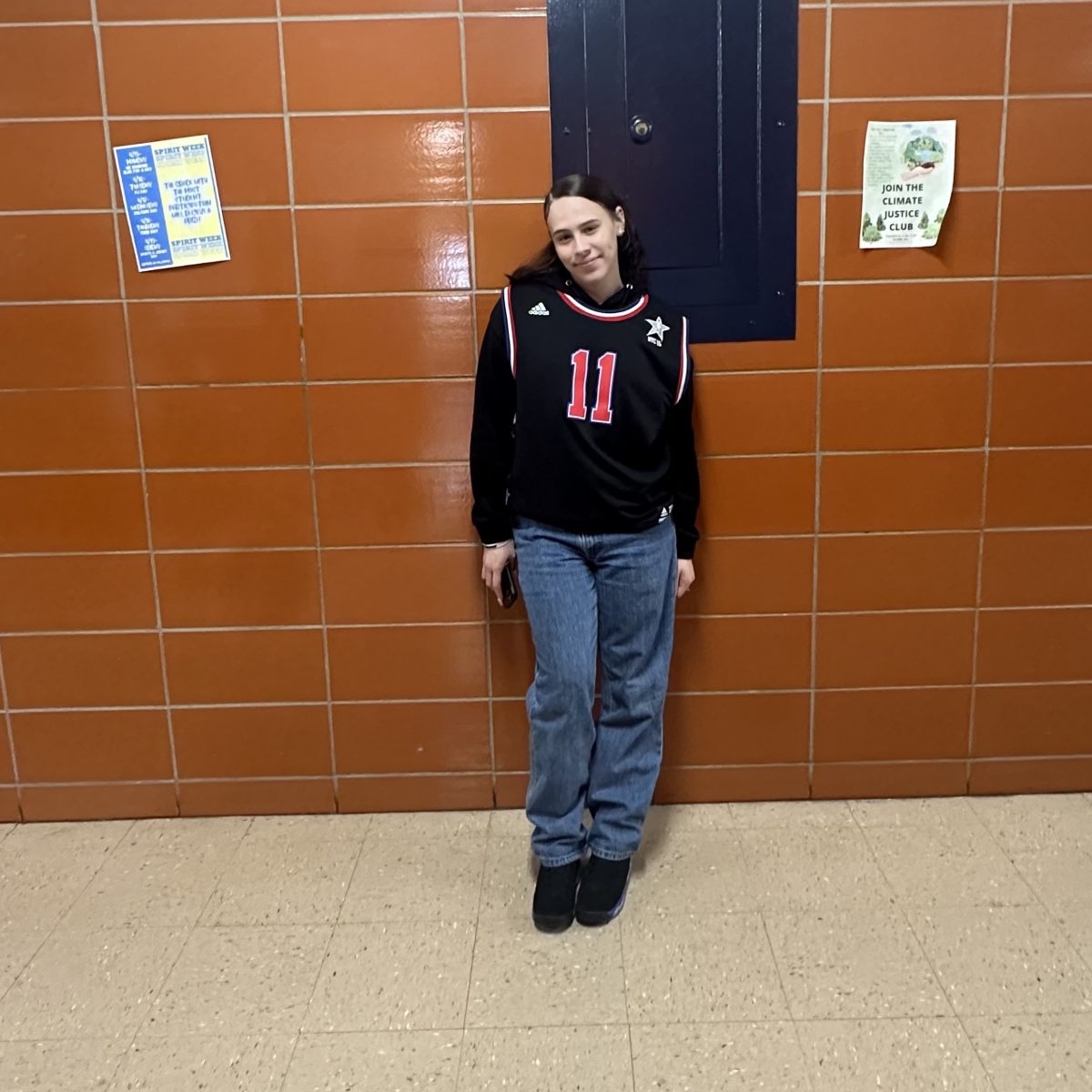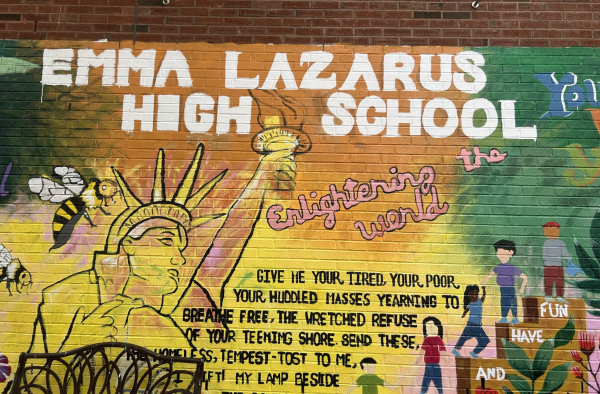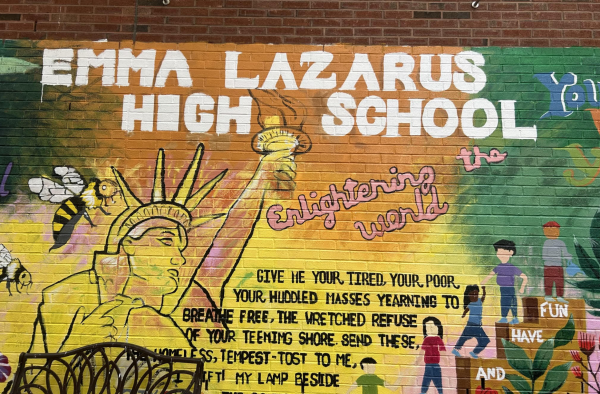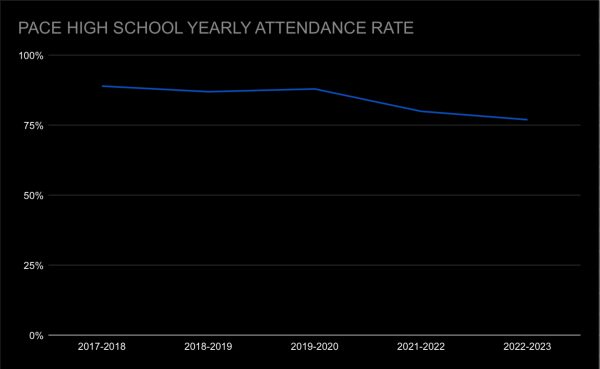A Deep Dive into the Classroom Temperature Dilemma
The pandemic has caused classrooms to have widely varying temperatures from one room to the next with polarizing differences.
The temperature can vary in classrooms because of a myriad of different factors. Sophomore Jasmar Acevedo believes the windows are the main culprit of this case. “Yes, it is cooler here in the English side of the building,” Acevedo said. “The windows are always open and the wind is frequently blowing into the classrooms.”
According to the DOE guidelines, all New York City classrooms are required to have a clean circulation of air to prevent the spread of Covid-19. This airflow list includes, but is not limited to ventilation systems, air purifiers, open windows and exhaust fans. An Italian study showed that these preventive measures had the ability to reduce the rate of Covid-19 cases by 82%. Although, how wide the windows are opened are heavily dependent on the teacher, and the extremes that some may enact.
Mr. Paris, an earth science teacher, said that the circulation of air isn’t the sole contributor to these odd temperatures. “There is a huge variation of temperature in the building; this is due to the positioning of the classes and the amount of air conditioning available,” Mr. Paris said. “It varies by season. It is warmer in the eastern part of the building during winter, while it is warmer in the southern part of the building during the summer. The English wing is cooler because they are facing away from the sun.”
The cold isn’t the only issue, heating might also be a problematic variable that plays into this temperature formula. Mr. Chong, an assistant principal, explained that “sometimes the heaters are too strong and it is recommended for teachers to open the windows.”
The White Roof Project, a campaign painting roofs a lighter shade, can reduce the temperature of buildings by approximately 70%. However, only one section of the Pace-M.S. 131 building has been painted this light color: the auditorium.
Darren Li was in journalism class when he was a freshman. He returned to Pacer NYC club after school as a junior and is the copy editor.


